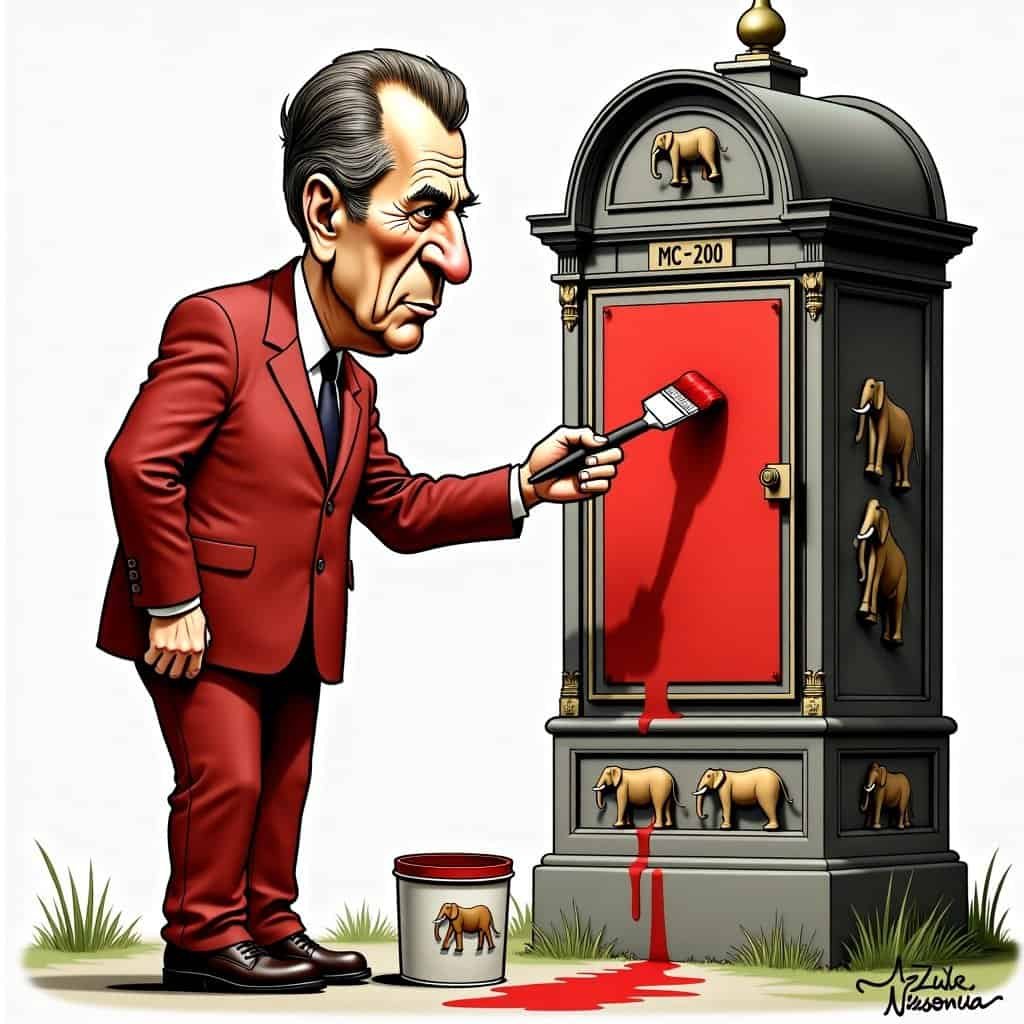Ah, the post office! Where else can you find the perfect mix of genuine mail excitement and the occasional “oops, wrong address” moment? But let’s rewind a bit. Picture this: it’s the early 1970s. Bell-bottoms are all the rage, the music’s groovy, and there’s a certain President Richard Nixon at his Oval Office desk, scratching his head over how to spruce up our beloved postal system.
Back then, the post office wasn’t exactly winning any beauty contests. Think of it as your grandpa wearing a shag carpet suit. Nixon, always the maverick (in his own special way), decided it was time to shake things up. Enter: The Postal Reorganization Act of 1970. Cue the trumpets – not quite the Gettysburg Address, but hey, it had its moment in the sun.
What’s a conservative government to do? Simple: cut the fat, slash the red tape, and hand over the keys to folks who can steer the ship with a bit of free-market pizzazz. Nixon’s grand plan? Turn the U.S. Post Office Department into the United States Postal Service, a standalone outfit that (in theory) would run like a well-oiled machine while still doing its civic duty. It’s like a mullet haircut — all business up front, party in the back.
Nixon’s Postal Reform: A Visual Journey
The Postal Transformation Timeline
- 1970: Postal Reorganization Act passed
- 1971: U.S. Post Office Department becomes United States Postal Service
- 1972-1973: Implementation of new management structure
- 1974: USPS starts operating as an independent agency
The naysayers cried foul, but let me ask you this, dear reader: Where would we be without a dash of market competition to get those creative juices flowing? Do you think Amazon’s drones would’ve even crossed anyone’s mind without someone paving the way for independent postal operations? I think not!
This groovy postal shakeup was more than just slapping on a new name tag. Nixon wanted to strip down the federal red tape, making way for a sleeker organization with its own cash flow and budget. A gutsy move, especially since the progressive left was head over heels for big government. They couldn’t wrap their heads around loosening the reins on a service that puts the “fun” in our mailroom fumbles.
You see, while our Democratic pals see government as the ultimate problem-solver, conservatives often root for a world where businesses can spread their wings. Just think of the entrepreneurial spirit let loose — and sure, a letter or two might take the scenic route, but isn’t that just part of the adventure?
Nixon’s Vision: Postal Service 2.0
Key Elements of Nixon’s Postal Reform
- Independent agency status
- Self-sustaining revenue model
- Streamlined operations
- Reduced government oversight
- Increased efficiency through competition
Looking back, it’s easy to play Monday morning quarterback with the reform. Sure, not everything worked out like a perfectly delivered birthday card, but let’s give credit where it’s due. Nixon set the stage for what a modern postal service could be — a self-sustaining, money-making machine!
Of course, Nixon’s reform had its fair share of hiccups. As with any conservative venture, the real test lies in personal responsibility and innovation. If the Democrats had been calling the shots, the post office might have turned into another layer of bureaucratic molasses, sweet at first but tough to swallow.
And that, dear reader, is what makes this postal tale a true GOP classic. Restructuring, independent management, and prepping the system to pay its own way — ideas that not only line up with conservative money smarts but also make sure Uncle Sam’s post keeps on trucking without dipping into Uncle Sam’s piggy bank!
So the next time your love letter takes an unexpected detour, just remember: Nixon blazed the trail for a more efficient postal force, one stamp at a time.






